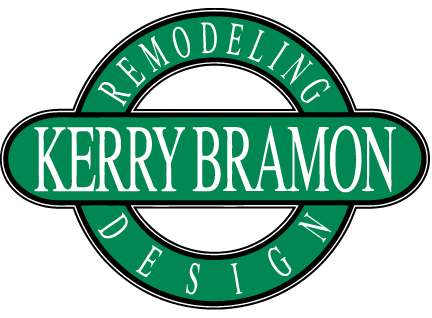Benefits of Aging In Place Remodeling
As more individuals choose to stay in their homes as they age, the concept of "aging in place" has grown in popularity. Aging in place remodeling refers to the process of modifying homes to ensure they remain safe, comfortable, and accessible for older adults. This approach allows seniors to maintain their independence and continue living in familiar surroundings. Here are some of the key benefits of aging in place remodeling:
1. Enhanced Safety
- Reduced Fall Risk: Modifications such as installing grab bars, non-slip flooring, and stairlifts help prevent falls, which are a leading cause of injury among older adults.
- Improved Accessibility: Adjusting home layouts to include ramps, wider doorways, and step-free showers makes it easier for individuals with mobility challenges to navigate their homes safely.
2. Independence and Autonomy
- Maintain Control Over Daily Life: With the right home modifications, older adults can continue to perform everyday tasks without needing constant assistance, promoting a sense of independence.
- Accessibility Features: Features such as lever handles, walk-in tubs, and adjustable countertops allow for more autonomy in daily activities like cooking, bathing, and dressing.
3. Cost-Effective Compared to Assisted Living
- Lower Long-Term Costs: Remodeling a home to accommodate aging in place is often more affordable than moving to assisted living facilities. Home modifications are typically one-time costs, whereas assisted living involves ongoing monthly expenses.
- Potential for Home Equity Use: Homeowners can use the equity in their homes to finance necessary changes, making the remodeling process more manageable financially.
4. Emotional and Mental Well-Being
- Staying in Familiar Surroundings: Aging in place allows seniors to remain in a home filled with memories, which can have positive effects on emotional well-being. Familiar surroundings can reduce feelings of disorientation and anxiety often associated with moving to new environments.
- Connection to Community: Aging in place enables individuals to maintain their social connections, such as nearby neighbors and local amenities, which contributes to better mental health.
5. Customized Living Environment
- Tailored to Individual Needs: Unlike the one-size-fits-all approach of nursing homes or assisted living, aging in place remodeling is highly personalized. Homeowners can choose the specific modifications that meet their unique needs, whether it’s adding a home elevator or installing voice-activated smart technology.
- Adjustable Over Time: As individuals age, their needs may change. Aging in place remodeling can be a dynamic process, allowing for further adjustments over time to ensure the home continues to meet evolving physical capabilities.
6. Improved Quality of Life
- Comfort and Convenience: By adapting a home with features like lower countertops, better lighting, and walk-in showers, daily activities become more comfortable and manageable.
- Peace of Mind for Families: Knowing that their loved ones are in a safe, modified environment gives family members peace of mind. Additionally, many modifications, such as home monitoring systems, allow family members to check in remotely.
7. Increased Property Value
- Appealing to Future Buyers: As the population ages, homes with aging in place modifications are becoming more attractive to buyers, increasing property value. A home equipped with accessibility features may be more desirable in the real estate market, particularly for older buyers or those with family members who have special needs.
- Energy-Efficient Upgrades: Aging in place remodels often include energy-efficient upgrades, such as improved insulation or better windows, which can reduce energy bills and increase the home’s marketability.
8. Technological Integration
- Smart Home Features: Technological advances such as smart lighting, voice-activated systems, and emergency response alarms can enhance safety and ease of living for older adults.
- Remote Health Monitoring: Aging in place remodeling can include integration of health monitoring devices that track vital signs or detect falls, ensuring timely assistance when needed.
9. Personalized Aesthetic Appeal
- Maintain the Home’s Original Charm: Aging in place doesn’t mean sacrificing aesthetics. Homeowners can work with remodelers to ensure that the design blends seamlessly with the home's original style while still incorporating necessary accessibility features.
- Adaptable Décor: Even small changes, such as using contrasting colors to improve visibility for those with vision impairments, can significantly enhance both safety and aesthetics without drastic alterations.
Aging in place remodeling offers a multitude of benefits that enhance safety, independence, and quality of life while often being a more affordable alternative to assisted living. With personalized modifications and the integration of modern technologies, individuals can continue to thrive in their own homes well into their senior years. By proactively planning and implementing these changes, homeowners can ensure their spaces remain not only functional but also comfortable and stylish for years to come.
References:
- Centers for Disease Control and Prevention (CDC): Fall Prevention Tips
- National Institute on Aging: Home Modifications for Seniors
- AARP: Aging in Place – How to Make Your Home Safer
